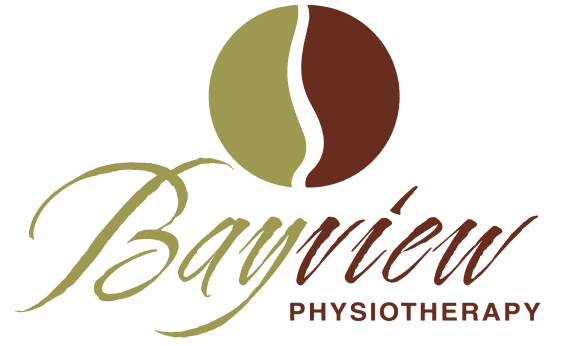BACK PAIN
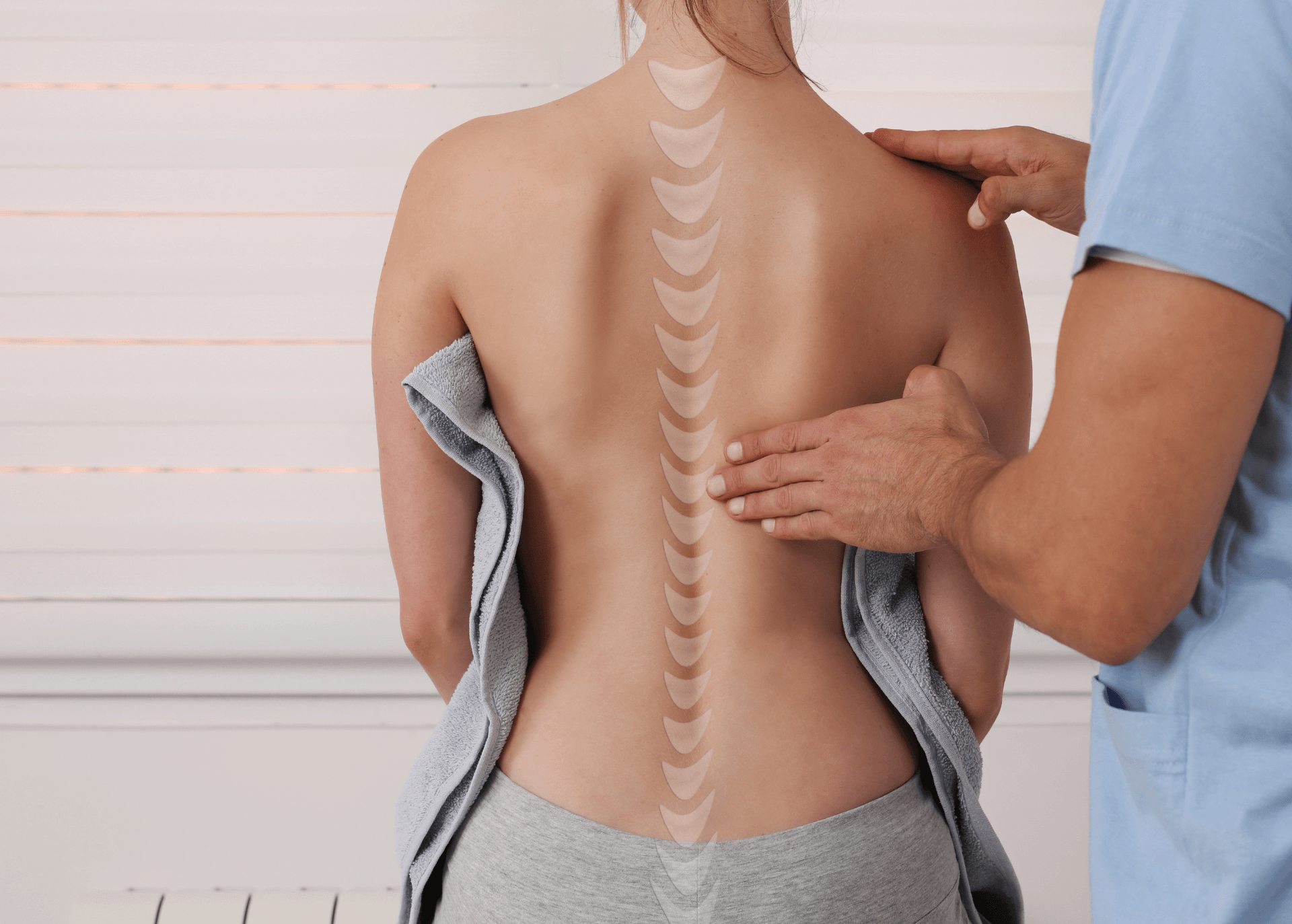
Back Assessment
First, I carefully observe their positional alignment while they’re seated, standing and lying, to carefully document any asymmetry in their spinal curvatures, evaluating any misalignment of their hips, spine, neck posture and shoulder posture. Then I proceed with the active and passive range of motion testing, to check for any restrictions, and any associated pain, excluding any potential neuro signs that might indicate pathology of a disc. Lastly, I evaluate the patient with palpation to identify any restricted area and see in which direction I can proceed to put the adjustment on.
Manual Adjustments Joints
I work from the lines of thought started by Osteopaths, and mainly use Muscle Energy Techniques (MET) of which joint-cracking is seldom needed. The technique uses the subtle gap and glide of joints to slide them back into their pre-stressed position. So the joints have a chance to be right most of the time, and the movements to come after are smoother and less painful.
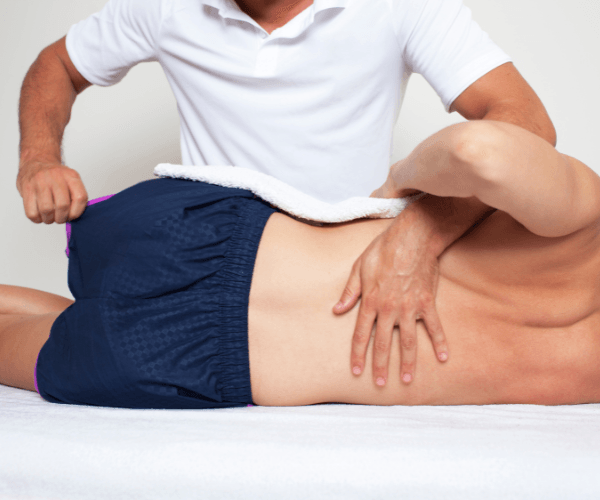
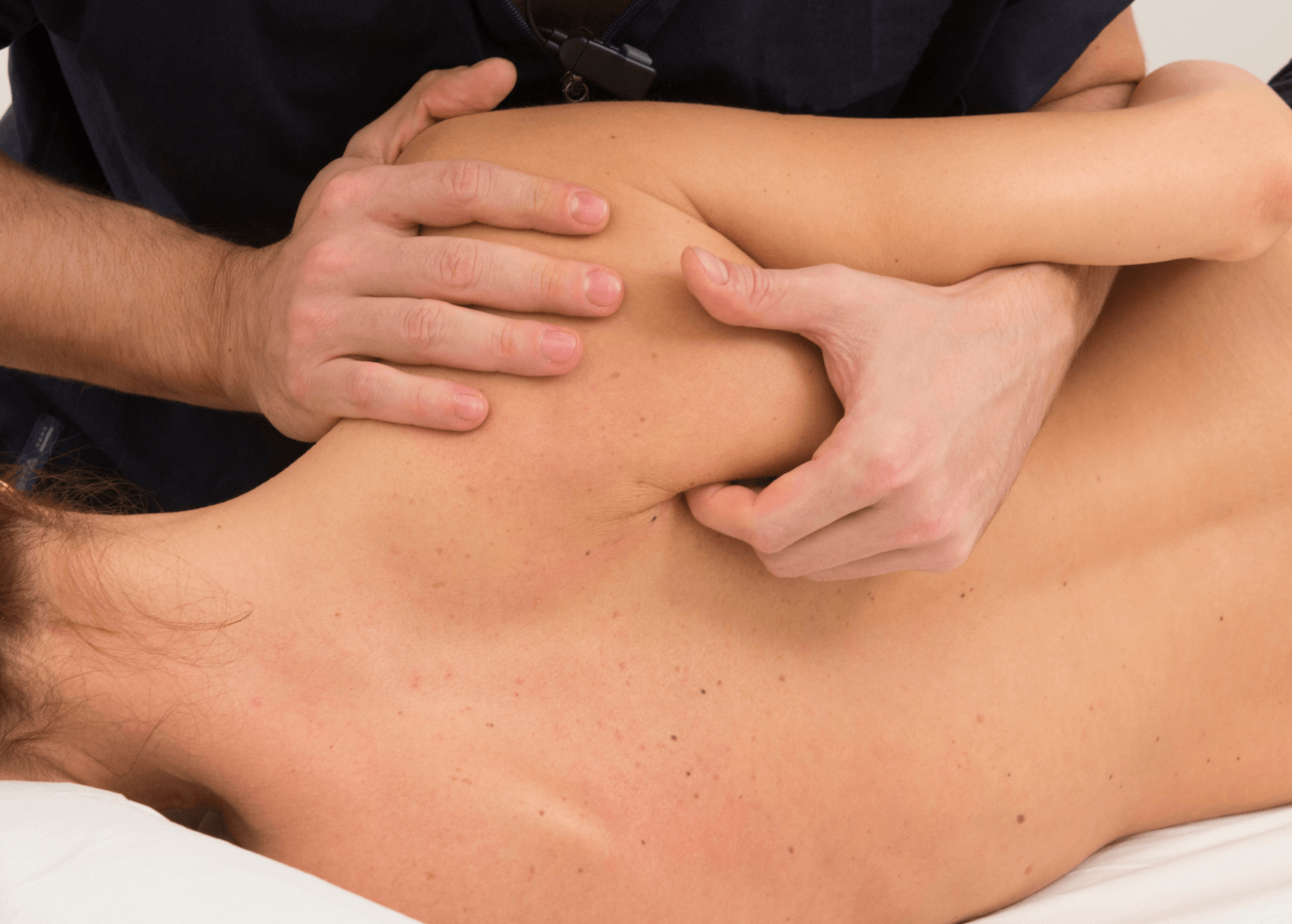
Manual Soft Tissue Mobilization
Soft tissue (eg, fascial adhesions reinforced by scar tissue) can be a common cause of joint restrictions and motion dysfunction. Manual modalities utilising specialised techniques for fascial release allowing for loosening of the muscular grasp on joints are useful. Tightness is a frequent manifestation of rib subluxations. Whenever tissue above rib dysfunction is excessively tight, it’s more inclined to pull the ribs up any time neck and upper Thoracic flex. The pre-stabilisation of ribs prior to flexion involved muscular focus to connect to the tight muscles per se and not allow the ribs to get pulled up.
Modalities to facilitate healing
Interferential current therapy: it is commonly used as pain relief after a manual adjustment. As well as helping to speed up the healing process, it helps to fight inflammation, reduce swelling, decrease muscle spasm and release endorphins.
Ultrasound is one of my favorites, with 1 million vibrations per second it facilitate micro streaming in the tissue.
With the micro massage It helps to promote healing and improve the quality of the tissue repaired and decrease pain.
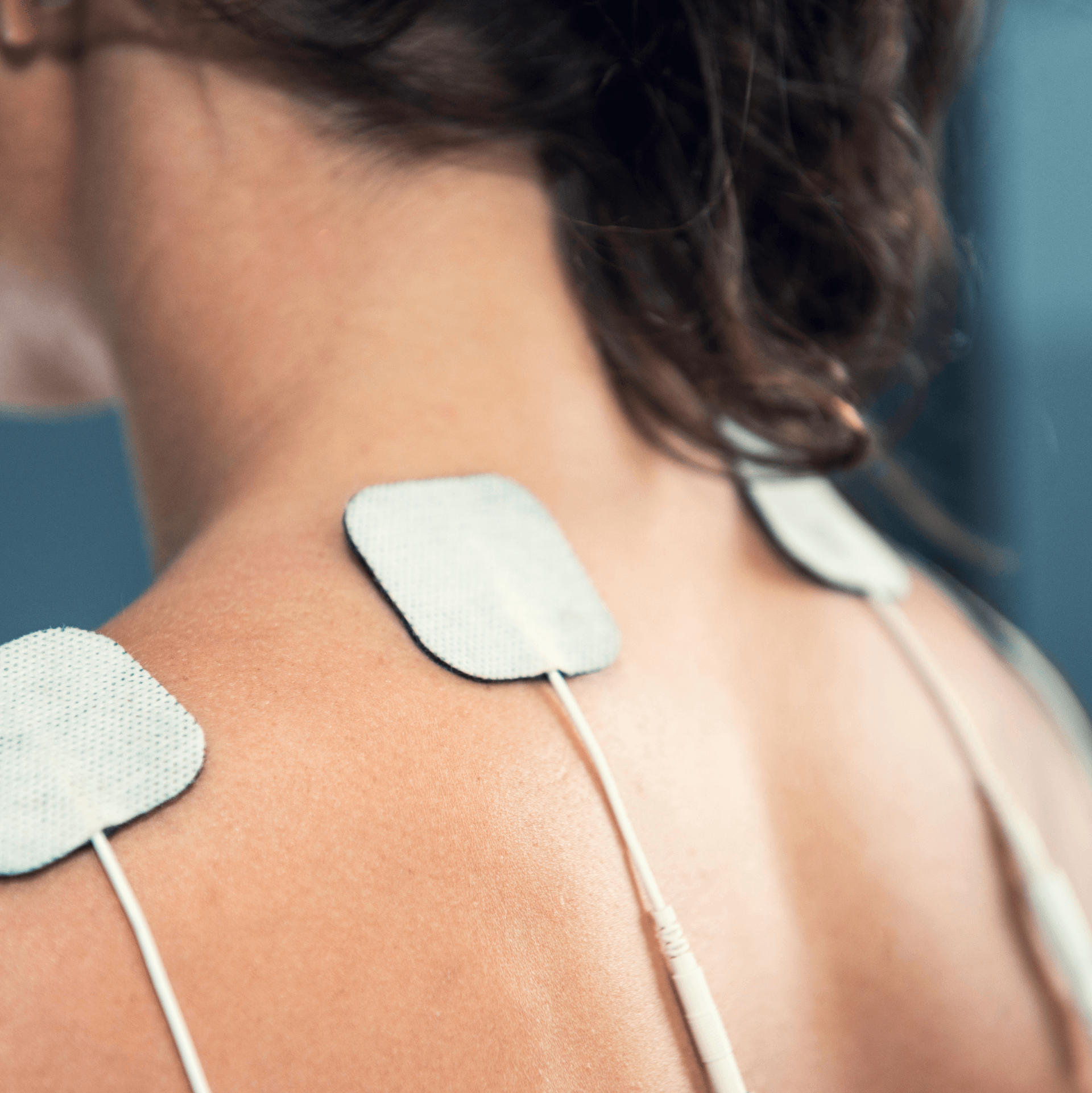

Dynamic Core Stability Exercises
We have developed our unique techniques and exercises, guided by research on how the deep abdominal muscles and the low back muscles operate in terms of the timing of their activation and the quality of the contraction of the respective muscle to protect spine would be by the activation to of below named muscle such as the multifidus and transversus abdominis at the right time. And that is why it is so important to finish your rehabilitation before you start your sports again or start you work.
